How to Diversify a Marketing Strategy Away from Facebook Ads
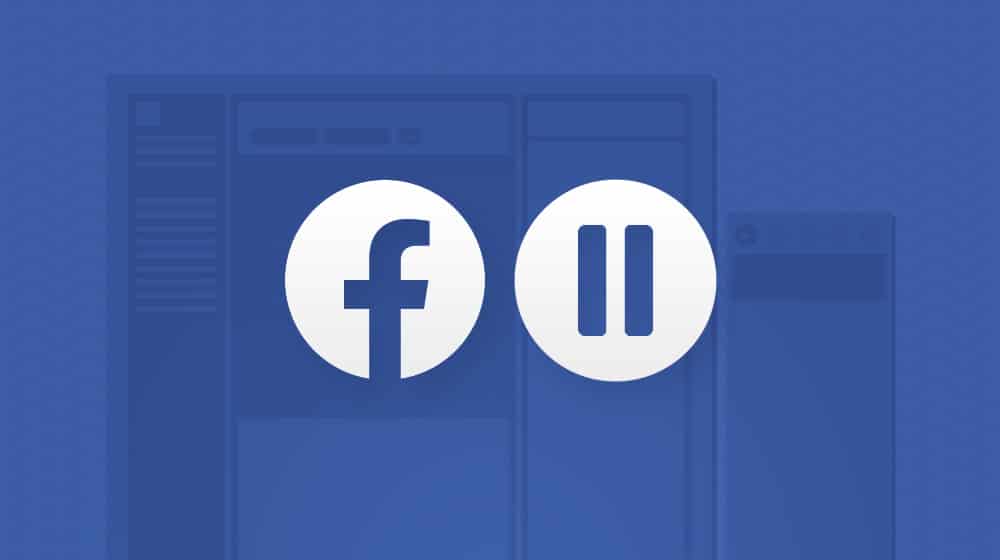
In the wide world of paid advertising, few platforms are as good on the first impression as Facebook.
It has a lot going for it. The site has well over two billion monthly active users. Most of them freely give a ton of personal information about themselves to the platform, and the site is not exactly shy about tracking much more about their interests and behavior.
This amounts to a platform with an exceedingly huge audience, extremely detailed and granular targeting options for advertising, and high levels of engagement.
On the other hand, it's a huge platform looking to make more money than God. Competition is fierce, engagement rates can be low, spam is rampant, costs are rising, reach is dropping, and it's harder and harder to use with every passing year.
For many, 2020 has become a breaking point. Facebook has been steadily increasing ad rates while dropping reach, ad blockers have gotten more prevalent than ever, and the deluge of spammy ads has never ceased. On top of that, the pandemic has made millions of people turn to the internet to try to make money from side gigs, and many of those people are following the advice of a decade of posts – some of which I've written – about how to use Facebook Ads to boost a startup or new business. Competition is at an all-time high.

All of this combines to create a unique scenario. Used properly, Facebook Ads can be an extremely powerful tool. Most people are not in the top 10% of businesses using Facebook Ads properly. Most people are wasting money, getting little in return, and wishing they knew what to do instead.
You're in luck; today I'm going to talk about taking a business that is reliant on Facebook Ads and diversifying its marketing channels. You'll get other paid options, organic choices, and other forms of marketing all in one place. Stick around and check it out!
Adding Organic Marketing
Organic marketing and paid marketing are two sides of the same coin in many ways. Paid marketing is fast, nearly instantaneous, and can have an overnight effect on a business. On the other hand, if you stop paying for the ads, they stop bringing you benefits. It's an on/off switch of value, and all the tweaks and optimizations you make just change the equation that determines how much value it is.
Organic marketing, meanwhile, starts slow. There's very little way to accelerate it beyond normal strategies like content marketing, brand awareness, and customer service. Someone with name recognition can leverage their reputation to kick-start a new business, but most people don't have that option.
Organic starts slow but can grow well beyond what a paid ad campaign can sustain. Once you have the ball rolling, it's very hard to stop.
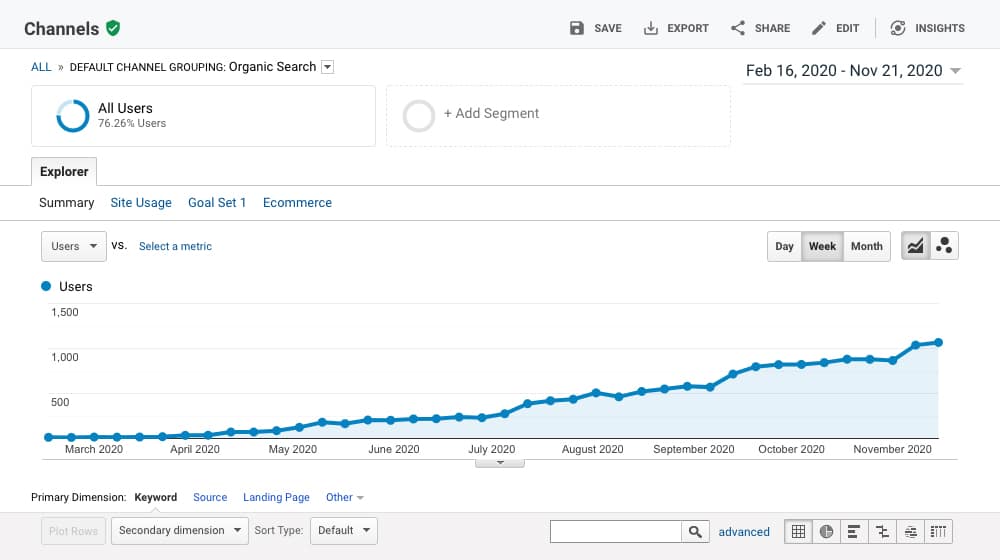
The difficulty lies in the transition. Many businesses start slow with their advertising and use paid advertising to get a boost to their initial growth and sales. They invest in organic marketing in the background, but it's very difficult to track and tie an ROI to those efforts. They keep their paid advertising going, perhaps even scaling it up, hoping one day their organic marketing will overtake it and they can dial it back.
The truth is, any time you stop paid advertising, you're going to see a drop. That's why this article isn't about replacing Facebook Ads with organic marketing. It's about diversifying, so you can invest in both.
And I do mean invest. There's a persistent impression in marketing that the difference between paid advertising and organic marketing is money. Paid advertising is directly exchanging dollars for views, clicks, or sales, depending on the platform and objective. That doesn't mean, however, that organic marketing is free.
Organic marketing is an investment. You need to invest in and pay for tools to help you do things like keyword research, audience research, competitive research, content production, and outreach. Even something as simple as writing and sending an email to another blogger about a guest posting opportunity is an investment. You might not be paying for a service like some software or an email outreach tool, but you're still spending time on it, and your time is worth money. Tools like that allow you to more effectively spend the currency that is your time.

Diversifying into an organic strategy can be done in several ways.
- Establish a blog.
- Build a social presence.
- Grow an email list.
- Perform blogger outreach.
- Test influencer marketing.
I'm going to dig deeper into each of these, but first, let's talk about the overall plan you'll need to build to diversify your marketing.
Establishing a Plan
This is something I've written about elsewhere before, but I'm going to go over it here as well. When you're trying to grow a business beyond reliance on a single marketing channel, you need to do it the right way, so you don't miss opportunities, waste resources, or bark up the wrong tree.
1: Build a bird's-eye view of your growth goals. You want to grow your business, but how, how fast, and in what way?
To figure this out, you first need to define what constitutes growth. Growing sales numbers, including raw sales, average cart value, and profits, are the easy metrics. You may also want to consider tangible metrics relating to audience engagement, like interactions on social media posts, comments on your blog posts, and so on. Newsletter subscribes is another good one; no one subscribes to your newsletter unless they're at least a little engaged with your brand, so it's an excellent marketing channel to monitor and optimize.

Consider the status of each of your marketing channels: your blog, your social media profiles, your email list, all of the things I listed up above and any others you want to add (like press release marketing, infographics, video channels, etc.). then figure out what metrics are worth monitoring for each of them.
Once you have the metrics nailed down, then you can start building a plan. What are your metrics for those channels now? Where do you want those metrics to be in a year? What about six months? A quarter? A month? Research statistics for what a high, average, and low growth rate would be for each of them in your industry, figure out realistic goals, and track metrics to see where you stand.
2: Establish your channels. I'm assuming for the sake of this post that you have a website that is essentially a storefront, and a Facebook page you use to advertise it. Some businesses even run their storefronts entirely on Facebook! So, the first tangible thing you need to do is develop your other channels. Going from zero to functional is the goal here, you don't need something that's truly optimized.
A blog is first. There are a million guides out there to setting up a simple blog on WordPress, picking a theme, installing a few useful plugins, and so on. Getting a blog up and running doesn't really take all that long – I can whip one up in a day – and you can spend time optimizing things like site speed and SEO details later. If you spend too much time agonizing over details, you'll never launch.
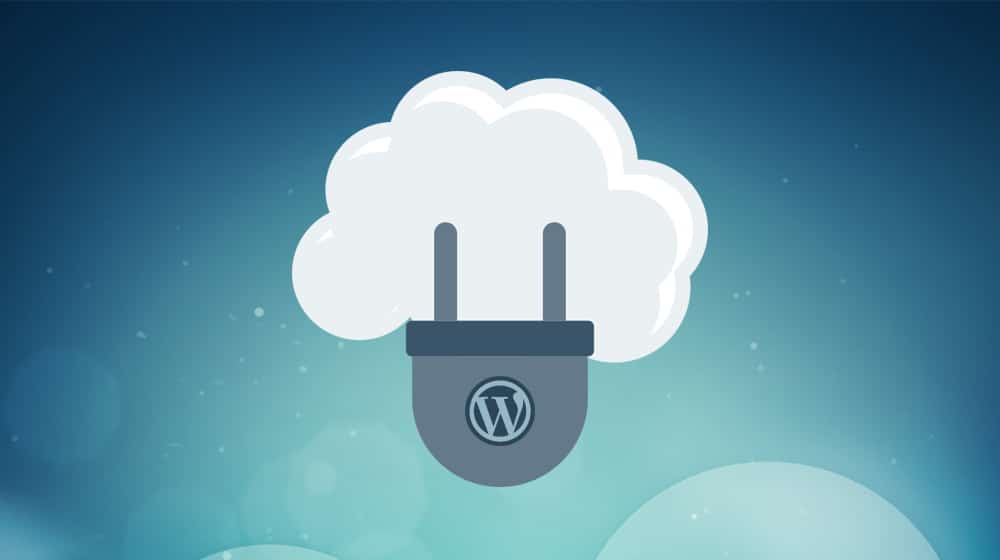
Social media is easy, especially if you already have an active Facebook account. Figure out what other social networks you want to use (generally Twitter, maybe Instagram, possibly Pinterest, LinkedIn if you're in the right industry for it, and so on) and create your profiles. Fill out details, post on your main profile to build awareness, invite your user lists, add social media buttons to your site, and all that good stuff. You don't have to immediately jump into activity, but you should make a point of monitoring and actively using every site you want to use.
Your mailing list is important. If you don't already have some kind of email list management program set up, do that as soon as possible. You should have something going if for no other reason than to manage your customer list, and that list can be imported as the start of a monthly, weekly, or daily newsletter. Determining the details of that newsletter can come later.
Other channels follow suit. If you want to produce videos regularly, create and set up a YouTube channel. If you want to get into infographic marketing, find a graphic artist to work with, or get familiar with design programs like Canva. Establish the basic accounts and setup necessary for each platform you want to use.
3: Establish conversion opportunities. Once you have your channels set up, you should figure out what a conversion looks like and how the funnel works to get there. I'm not a believer in The One True Sales Funnel; rather, every channel and every user journey has an individual funnel. How do your users typically interact with your assets, and how can you subtly or overtly prod them into taking the next step? How do you turn a visitor into a newsletter subscriber, a follower into a customer?
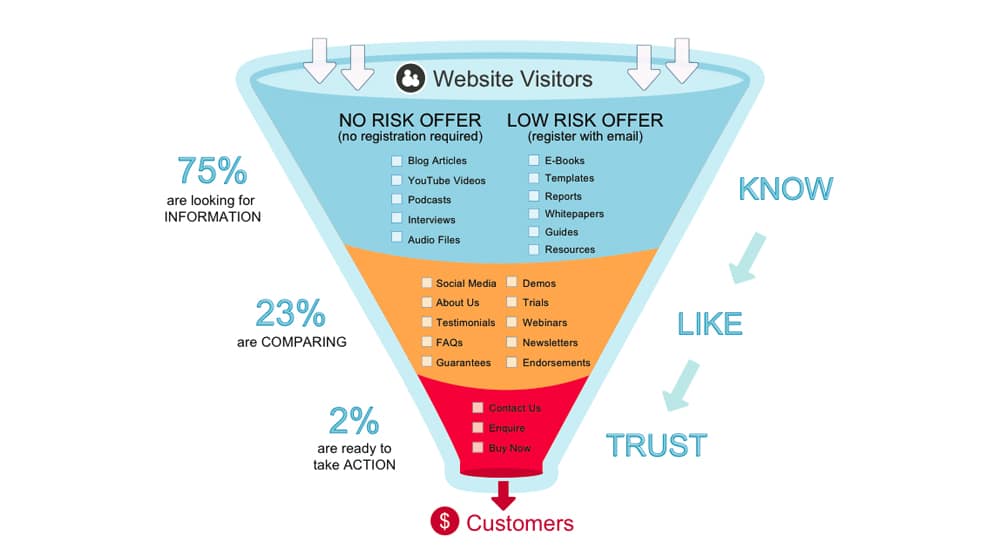
One habit you should establish relates specifically to your blog. Every blog post you write will have two foundational keys. One is the keyword or topic choice, of course, which determines who you're reaching and with what information. The other is the goal. Every blog post should have a goal.
Who is the blog post aimed at? If you're drawing in new users to your site for the first time, you'll write different content with different calls to action than if you're trying to reach people who are experienced or who are past customers you want to turn into repeat customers. Everything from the stage in your sales funnels to the depth of engagement with your brand to skill or knowledge level on the topic has an impact, and these are all things that you need to pay attention to.
4: Set up tracking. If you've spent time optimizing Facebook Ads, you no doubt know the value of information in making your optimization decisions. The same goes for every channel you use. Thus, you need to set up tracking. The Facebook tracking pixel gives you some information, but you'll also want to set up Google Analytics (if you haven't already).

The crucial step you need to take at this point is to set up discrete tracking. You'll need to do two things here.
First, go back to your list of conversion actions. All of those individual things you consider important growth metrics? Make sure you're tracking them individually. Some are automatically tracked, like website visitors and social shares. Others you might need to set up a custom conversion action to track.
Second, get in the habit of using tracking parameters. UTM parameters are URL additions you add to links so you can track individual data about them, such as sending the same link to five different sources with different parameters so you can see which link on which page is the one sending the traffic. Neil Patel has an excellent guide to using these here.
5: Diversify your paid marketing. You might note that the title of this post is about diversifying away from Facebook, not away from paid ads entirely. You can still keep paid advertising going, you just may want to diversify your platforms.

The good news is, you can use data you have from Facebook Insights to help you start with a great, well-targeted audience on other platforms. Most other platforms don't have nearly the granularity – only Google comes close – but you'll still know roughly what to target.
Google Ads is the big additional advertising source you might want to use. You can also use additional social advertising, like promoted Tweets.
You can also investigate other paid ad platforms. There are dozens of other paid ad platforms out there, so just pick and choose the ones that seem most enticing. You can even do self-serve advertising with a platform like BuySellAds if you prefer.
6: Kick it all off. You've established your platforms; now start using them. You've developed your channels; now start promoting them. Build a content production pipeline to create blog posts on a weekly basis. Make daily social media posts. Engage with your audience. Monitor your metrics and figure out roadblocks and means to optimize them.
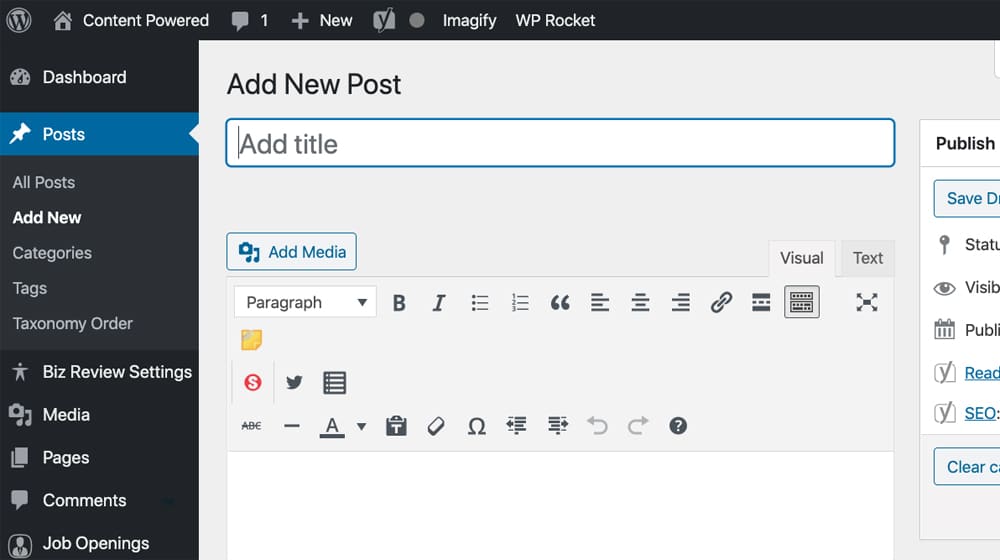
I'm being brief here because, honestly, this is an entire industry. I can't sum up all of the tactics and techniques you'll use in a few paragraphs, because entire blogs and entire businesses are built around fractions of them. Luckily, you have plenty of resources, both on the rest of my blog and throughout the internet.
Tying It Together
Now let's go back to that first list; your diversification channels. Again, each of these is an industry of their own, so I'm not going to dig too deep, but I'll give you a good resource for each to start with.
Establish a blog. Blogging is crucially important, which is why I've dedicated so much of my blog to writing about blogging itself. Feel free to explore, and hit me up if you have questions or want to outsource this part of your diversification.

Build a social presence. Building a social media presence isn't too difficult, but doing it well and keeping it growing can be harder than many people think. Brent Barnhart wrote a great set of tips for it over on Sprout Social you can check out.
Grow an email list. Mailing lists are incredibly important because they're one of the few direct lines you get between you and your customers. You aren't beholden to another authority like the sudden changes on Google's algorithm or the Facebook robot that decides that you won't have any reach on your posts today. As such, it's no wonder that there are some incredible articles out there on the subject.
Perform blogger outreach. Outreach is something I've only touched on in this post, but it's a potentially valuable channel. I don't necessarily recommend it for beginners, because it's very easy to slip into spammer territory, and that hole is difficult to dig yourself out of. If you're interested, though, Ahrefs has a great guide.
Test influencer marketing. Influencer marketing was all the rage for a few years, and then it seemingly dropped off a cliff. There's a good reason for that; a lot of people pretending to be influencers, and the low success rate of influencer marketing, meant that it wasn't really a viable strategy after a while. Still, it's possible to do, and BigCommerce has some good information on how to do it.
So, there you go; a moderately comprehensive strategy for diversifying away from reliance on Facebook Ads. Put this into action and I guarantee you'll look back a year from now and wonder how you ever survived without it!




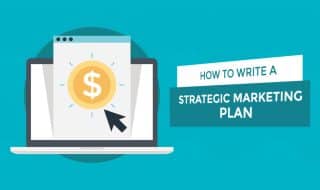
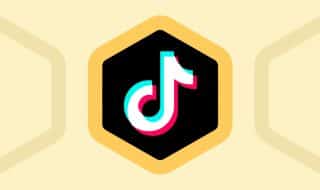

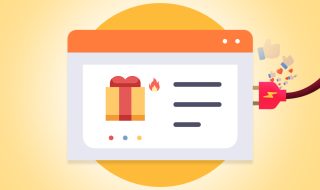
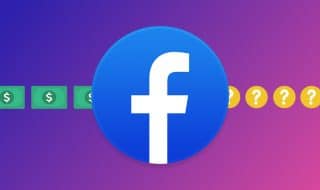

May 28, 2021
Great tips! Facebook is just getting too expensive for me and isn't getting the same results it used to.
May 28, 2021
Hey Lisa, thank you!
My businesses are fueled almost entirely by blogging and Google Ads. Please let us know what ends up working best for you!
January 14, 2022
This is great! Just what I was looking for! It really helps to diversify and not solely rely on one strategy.
January 19, 2022
Thanks, Lauren!